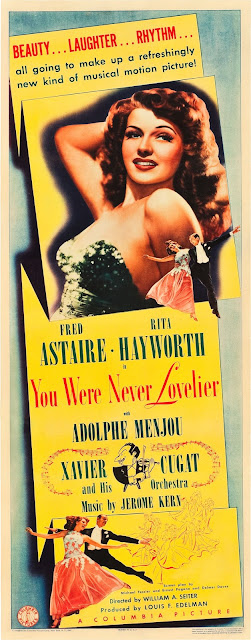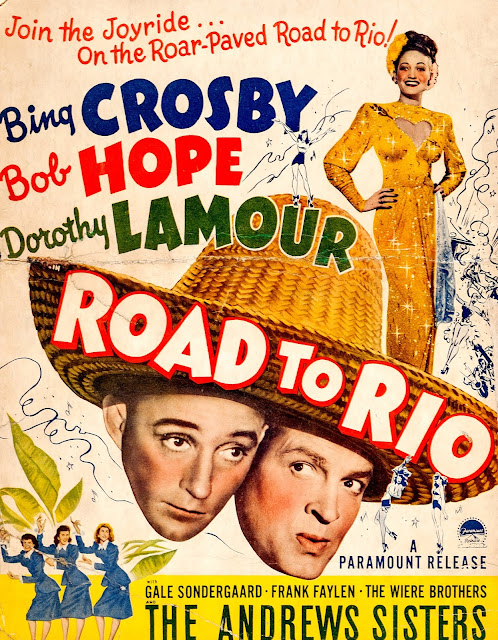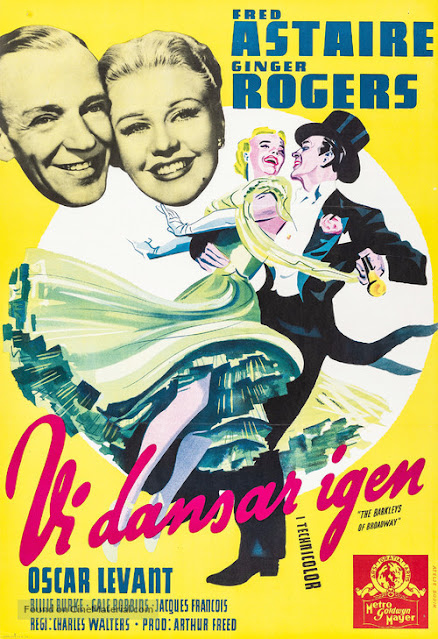NIAGARA (1953): The Technicolor Film Noir
I
recently read a post on the Alfred Hitchcock Geek blog that compared Hitch’s VERTIGO to Henry Hathaway’s NIAGARA, and all the similarities
fascinated me. I had seen NIAGARA a
few years back, and while I enjoyed the film, I hadn’t really taken a second
look at it. I didn’t even know who Joseph Cotten was when I saw it, I just
wanted to see Marilyn Monroe. I figured it was time I looked at this film
again, taking notes this time.
For
those of you who haven’t seen NIAGARA,
I’ll give a short summary. (And I’ll have to include spoilers for the sake of
discussing certain points, so I apologize.) The film is about two couples, the
troubled Rose and George Loomis (Monroe and Cotten) and the clean-cut Polly and
Ray Cutler (Jean Peters and Max Showalter). Both couples are staying at the
Rainbow Cabins by the Niagara Falls, and it’s immediately clear that the Loomis’
marriage is on the rocks. George isn’t completely mentally stable, and his provocative
wife doesn’t help matters. After meeting the Loomises, the Cutlers go
sightseeing and Polly sees Rose passionately kissing another man. After a
little while, the audience finds out that Rose and her lover are planning on
killing George. The plan goes awry, though, when Rose goes to the morgue to
identify her husband and instead finds her lover on the slab. She faints and
has to be put in the hospital to recuperate. Polly finds out that George is
alive, and although he pleads with her to keep quiet, she tries to convince Ray
and the police that George isn’t dead. Rose finally comes to and decides to go
back to Chicago. George follows her, though, and subsequently kills her. The
police try to find George, but he’s able to escape and steals a boat that has
Polly onboard. The police chase the boat, but it runs out of gas and is pulled
towards the Falls. George saves Polly by pushing her onto a large rock while he
goes down the waterfall in the boat.
The
first thing that I noticed about the movie was George’s voiceover in the very
beginning. It’s the only part where he has a voiceover, which I find
interesting. We immediately see that he’s jaded and a little philosophical. It
really reminded me of a kind of existentialism, the way he talked about the
Niagara Falls and the parallels to life. Anyway, soon after that, we learn that
George is a Korean War veteran, which accounts for his disillusion with the
world. This immediately made me think of film noir. Film noir came around during
World War II, and the biggest characteristic of the genre is its cynicism and
gritty reality.
George
Loomis definitely has this trait. He’s the villainous hero—sure, he murdered
two people, but keep in mind that those people tried to kill him first. His
love for Rose was very deep, so her betrayal had to have been a tough pill to
swallow. Even after he strangles her, he goes back to sit by her body with a
look of pure anguish and hurt on his face. It’s not like he’s some cold-blooded
killer. And then there’s the fact that he saved Polly in the end.
Rose
Loomis is the definition of “femme fatale.” She wears tight clothes; she
practically gives a smoldering look to every man she sees; she has a lover on
the side, whom she convinces to kill her husband. I have to say, Marilyn Monroe
was very well cast for this part. We know that she can be sexy, but this role
makes that sexiness so dangerous and Monroe is just superb.
The
Loomises are easily the more interesting couple. The Cutlers are like the ideal
1950s couple, full of youth and a sort of purity. But they’re so dull. Polly
has no flaws, and Ray makes me cringe. He’s such a dork, and he constantly
tries to sexualize Polly. Take for example the scene where he’s taking Polly’s
picture in the courtyard. She’s wearing a bathing suit and is trying to talk to
Ray when he suddenly decides that the lighting is perfect for a photo. He then
proceeds to tell Polly to stick her chest far out, clearly thinking of the
voluptuous Rose.
You
can tell Polly’s uncomfortable, and when Rose abruptly appears, it’s like she
just stepped out of Ray’s head. The Cutlers just annoy me, so the flawed and
disturbed Loomises are instantly more attractive to me. They’re dark and full
of so much emotional turmoil—it’s great to watch.
There
are a few things I learned from reading the little booklet that came with the
DVD. It’s always important to know who the director is, and apparently Henry
Hathaway had made film noirs in the ‘40s. This explains all the noir elements I
found in NIAGARA, such as the use of
shadows, especially in the Loomis’ cabin. There are multiple shots of George or
Rose with shadows from the blinds crossing their faces.
Another
thing I learned was that the scene where Rose goes to identify George at the
morgue was originally shot in black-and-white, with only the actors’ eyes and
hair in color. Unfortunately, my DVD version was all in color, so I’m not sure
what happened there. It would’ve been cool to see, and I’m sure it was a shout-out
to noir films, like Rose’s death scene is. Once again, there are shadows all
around her and George, and the shot of her body sprawled on the floor has been
a favorite in film noir.
With love,
Michaela


















Comments
Post a Comment